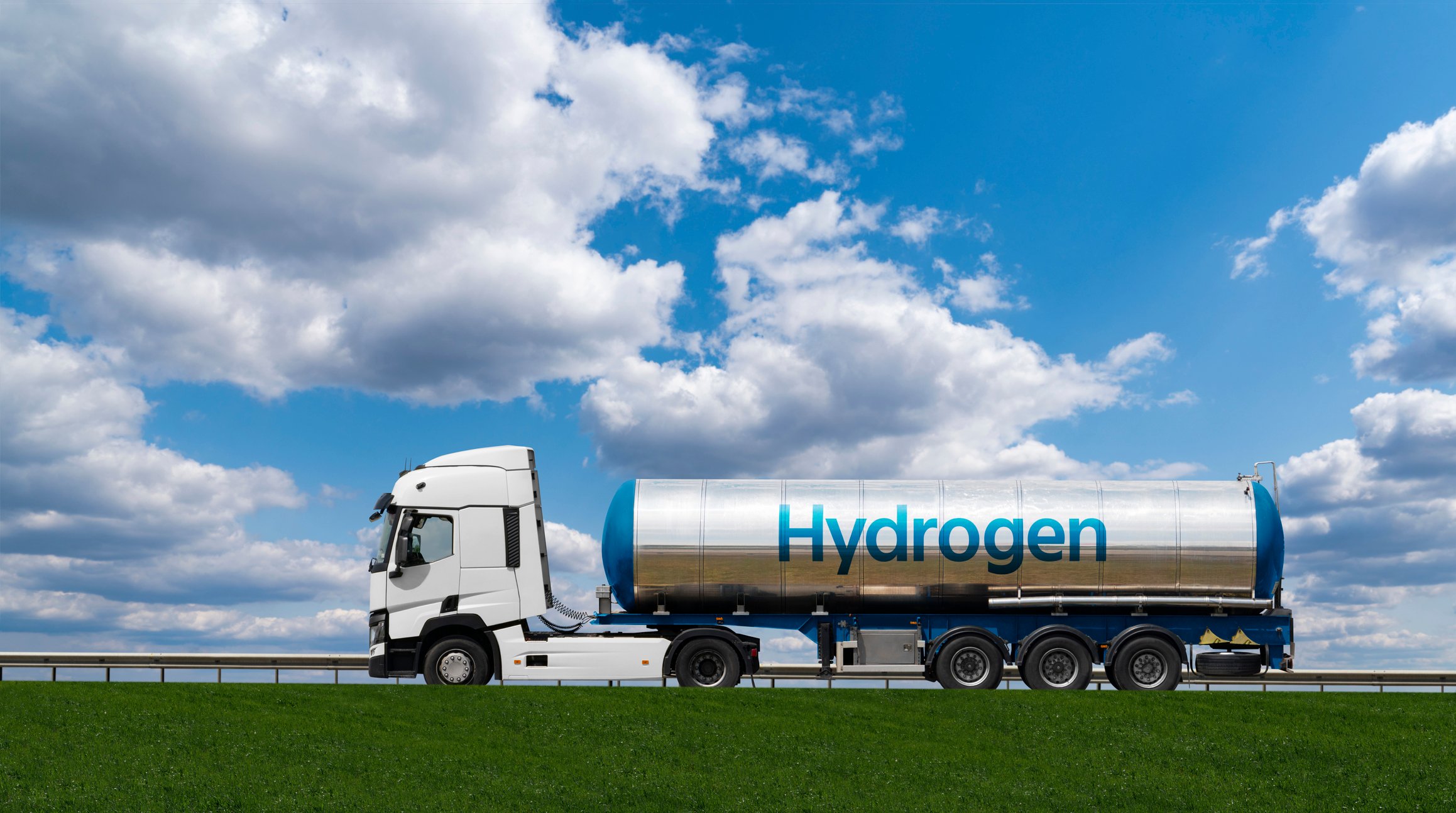Source: NextEra Energy.
You might think wind is for wussies and solar's for suckers. But when the International Energy Agency says that wind and solar can produce up to 30% of electricity needs at little additional cost in the long term, it's time to listen. Here's what you need to know.
Studies show
The International Energy Association (IEA) recently released its latest study on wind and solar, and its findings are a far cry from its usual fossil fuel-centric analysis. Titled The Power of Transformation-Wind, Sun and the Economics of Flexible Power Systems, this report signals a major rethink for energy infrastructure everywhere. As IEA Executive Director Maria van der Hoeven put it:
This new IEA analysis calls for a change of perspective. In the classical approach, variable renewables are added to an existing system without considering all available options for adapting it as a whole. This approach misses the point. Integration is not simply about adding wind and solar on top of "business as usual." We need to transform the system as a whole to do this cost-effectively.
Worldwide, wind, and solar currently account for just 3% of electricity generation. For the U.S., the role of renewables is surprisingly above-average. From January to November 2013 (most recent data), solar accounted for just 0.2% of all generation, but wind added on a solid 4.1%.
But this latest report stresses that renewable energy policy can't be piecemeal. To reach the economies of scale needed to cut costs and increase affordability, the U.S. and other countries need to follow the lead of the greenest countries around.
In Italy, Germany, Ireland, Spain, Portugal, and Denmark, wind and solar already account for 10% to more than 30% of all electricity needs. If countries could be more like Denmark, where wind provided a record 55% of electricity last December, renewable energy might seem a lot less wacky.
Luckily for the U.S., there are several companies already taking important steps to scale.
Wind winners
Windy weather wouldn't mean much without NextEra Energy (NYSE: NEE) around. With more than 10,200 MW of wind capacity whipping across 19 states, NextEra Energy is our nation's undisputed wind leader.

NextEra Energy wind farm locations.
But even as NextEra Energy builds out its never-ending wind farms, General Electric Company (GE 0.46%) and Dominion Resources (D +0.32%) are going where no American establishment has dared to go before: offshore. Sure, NextEra Energy, is the current lead competitor, but Dominion Resources and General Electric Company are taking on the sort of scalable projects that we need to really ramp up renewables.
While utilities investors probably think of natural gas or nuclear when Dominion Resources is mentioned, it's recently begun buying up massive offshore wind leases from the U.S. government.
In September 2012, Dominion Resources grabbed 113,000 acres off the coast of Virginia, and in February it announced it would bid on two spots totaling 80,000 acres off of Maryland's mainland.
"Offshore wind shows the most promise for building utility-sized renewable energy projects in the Mid-Atlantic region," Mary Doswell, senior vice president for Dominion's alternative energy solutions unit, said in a press release. "The [Federal] [B]ureau [of Ocean Energy Management]'s Wind Energy Areas offer both the consistent winds and the acreage to develop these large-scale projects. Given the proximity to our leased area off of Virginia and the excellent port in Hampton Roads, there should be economies of scale that could benefit both regions."
To jump-start its efforts, the Department of Energy has also awarded Dominion Resources, $4.5 million to cut costs and develop a pilot project, something that'll be quite useful considering its plans for up to 2,000 MW from its offshore Virginia assets alone.
As Dominion digs into research, General Electric Company is rallying its own R&D. The company recently announced a $10 billion investment in power plant efficiency, less water-intensive natural gas extraction, and (you guessed it) wind energy. And while the company has been a stalwart supplier of NextEra Energy turbines, offshore opportunities offer scale that neither NextEra nor natural gas companies could ever touch.
And even though not a single offshore wind farm currently exists on U.S. coastline, General Electric already offers a 4.1 MW turbine built specifically for offshore use. According to government data, offshore wind offers a whopping 4,000,000 MW of capacity, quadruple our country's current electricity consumption. General Electric Company already has one turbine on the offshore market, but with Dominion Resources taking offshore more seriously, General Electric's probably eyeing its own offshore investments.

4.1 MW offshore turbine, optimized for efficiency and reliability. Source: General Electric Company.








